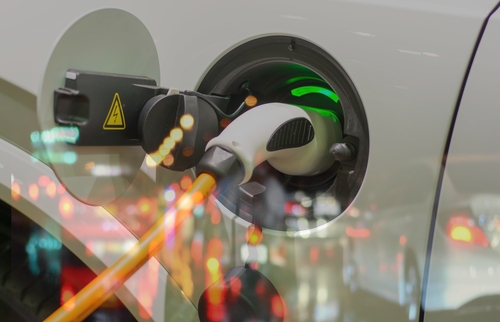Brattle report predicts $75-125B investment needed in US power sector to support EV use

A new report released by The Brattle Group this week established that there could be anywhere from 10 to 35 million electric vehicles (EVs) on the road by 2030, and the U.S. electric power sector would need to invest between $75-125 billion to be able to serve 20 million.
That money would need to be directed to the electric power sector supply chain within the decade, to support items like an additional 1-2 million public chargers. It would be a marked change from the current environment, which currently only hosts around 1.5 million vehicles throughout the country. This comes with both opportunities and challenges in equal measure, the “Getting to 20 Million EVs by 2030: Opportunities for the Electricity Industry in Preparing for an EV Future” report claimed.
“While EVs and chargers are becoming more common in our everyday lives, the industry is really just seeing the tip of the iceberg when it comes to the impact that EVs will have on the grid,” Study co-author Michael Hagerty, a Brattle Senior Associate, said. “System planners across the electricity supply chain need to better understand and prepare for the impacts of EVs, including the opportunities for EV participation in balancing the system.”
The market is favorable to EVs at the moment, thanks to declining costs, expanding model choices, increased charging infrastructure, favorable federal and state policies, and growing market awareness of what these vehicles have to offer. On the plus side for the electric industry, this could yield increased sales and infrastructure investments.
However, this will have some other impacts as well. If 20 million EVs are added, with them will come around 60-95 TWh of annual electricity and 10-20 GW of peak load. To meet that, Brattle estimated companies would need around 12-18 GW of renewable generation capacity and more than 1 million public chargers. Likely, this would be paired with $20-50 billion of investments into generation and storage, $15-25 billion for transmission and distribution upgrades, and $30-50 billion for chargers and customer-side infrastructure.
The amount to be saved on gasoline cannot be discounted, though. In terms of annual savings, Brattle estimated some $12 billion could be preserved, with a societal payback of 8.6 years. Factoring in the amount of greenhouse gas emissions the switch would avoid, such a payback could be felt within 7.2 years. Further, the batteries that come with these EVs could be used to feed up to 300 MW of power back into the grid, Brattle estimated.
“Transportation electrification poses uncertainties for electric utilities but also creates opportunities to drive accelerated decarbonization, manage grid reliability, improve asset utilization, and become more customer-centric organizations,” Study co-author Sanem Sergici, a Brattle Principal, said. “While this analysis focuses primarily on light-duty vehicles, electrification of commercial fleets and freight trucks will further magnify electrification-related opportunities.”
Going forward, the report authors — which also included Brattle Associate Dr. Long Lam — recommended that policymakers and industry begin to develop a plan to maximize EV opportunities and reduce barriers to adoption, craft regulations that include societal benefits of adoption and manage collaboration that would reduce market barriers.
